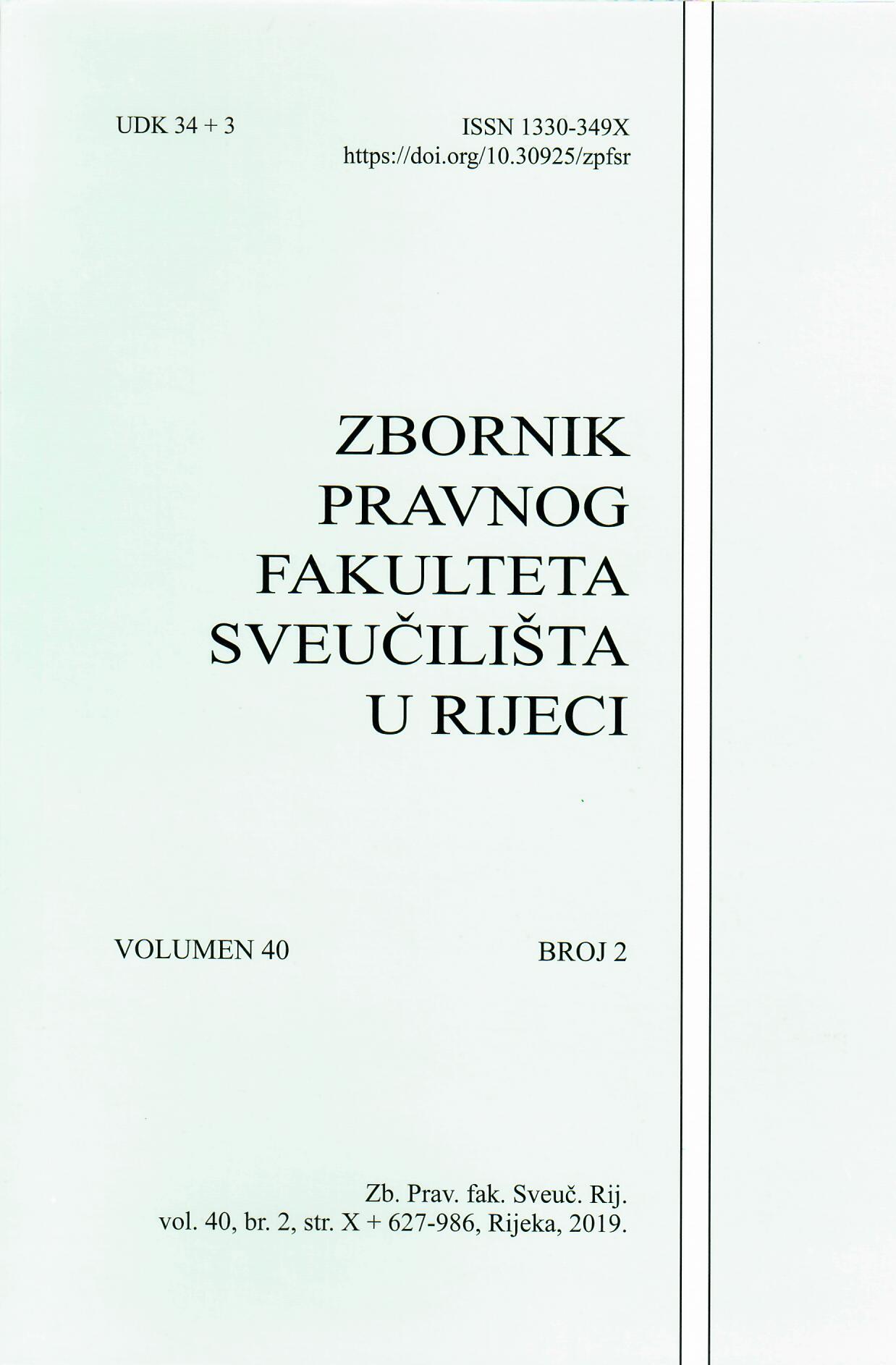THE LEGAL NATURE OF SETTLEMENT
DOI:
https://doi.org/10.30925/zpfsr.40.2.12Keywords:
settlement; legal nature of settlement; finality; enforceability; ne bis in idemAbstract
The paper describes the legal nature of settlement as a special institute of procedural law. In order to establish the legal nature of settlement, we must first define its concept and characteristics, whereby the latter encompass the fact that a settlement brings an end to the proceedings, that it produces the effects of a final and enforceable court ruling, and that continued litigation of the same matter is not possible. We have to differentiate between a settlement and an out-of-court settlement as an institute of civil substantive law. Although the rules of procedural law do contain certain provisions on settlement, they do not regulate the matter completely, especially in
terms of the remedies for challenging such decisions. Therefore, there is a need for envisaging procedural remedies that are similar to the renewal of proceedings. Due to its special legal nature a settlement produces certain procedural effects, due to which it is comparable to a final and enforceable court ruling. A settlement is thus a special and effective legal remedy for dispute resolution.
Additional Files
Published
Issue
Section
License
Collected Papers is an open access journal. Journal does not charge article processing charges (APC) to authors. It is licensed under CC BY-NC licence 4.0.
Collected Papers of the Law Faculty of the University of Rijeka" is an Open Access journal. Users are allowed to read, download, copy, redistribute, print, search and link to material, and alter, transform, or build upon the material, or use them for any other lawful purpose as long as they attribute the source in an appropriate manner according to the CC BY licence.
The papers published in "Collected Papers of the Law Faculty of the University of Rijeka" can be deposited and self-archived in the institutional and thematic repositories providing the link to the journal's web pages and HRČAK.
Upon acceptance of the manuscript for publication by this journal, the author can publish same manuscript in other journals only with the permission of the Editorial Board (secondary publication). A repeated publication should contain a notice as to where the manuscript was originally published.



